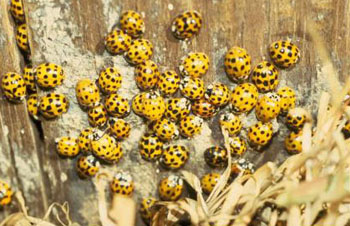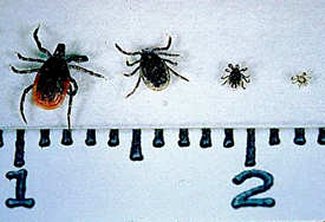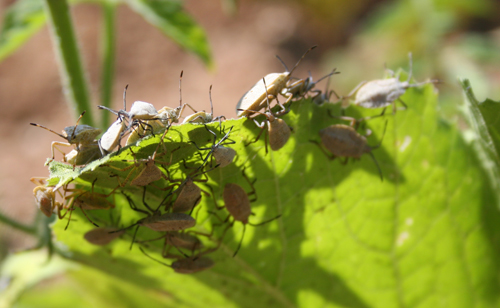 CAES News
CAES News
Scout before you spray
Many home landscapers and gardeners see pests eating their azaleas or tomatoes and immediately grab a chemical pesticide for defense. A University of Georgia expert says using a combination of pest control methods is a better option for your plants and the environment.

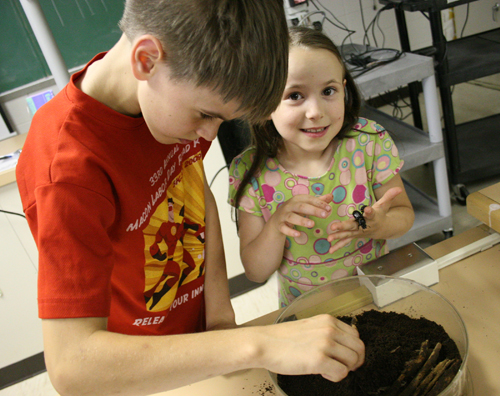
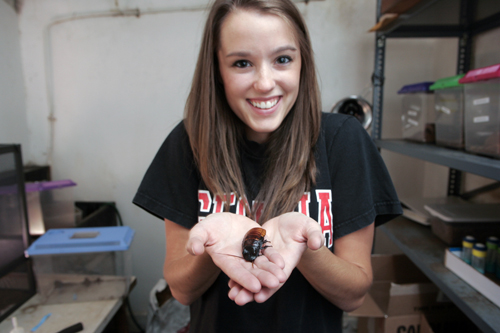
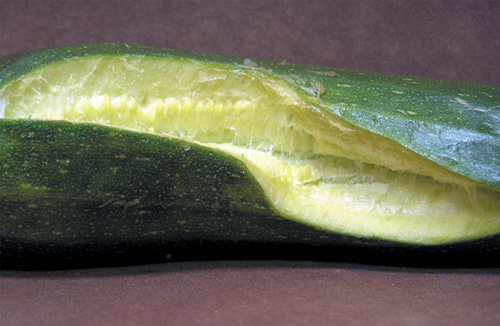

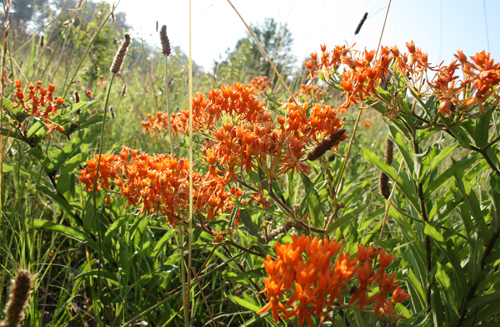

 There are more than 120,000 species of flies in the world. But when most people hear "fly," they think of the housefly. Wherever people are found, houseflies are there, too.
There are more than 120,000 species of flies in the world. But when most people hear "fly," they think of the housefly. Wherever people are found, houseflies are there, too.
